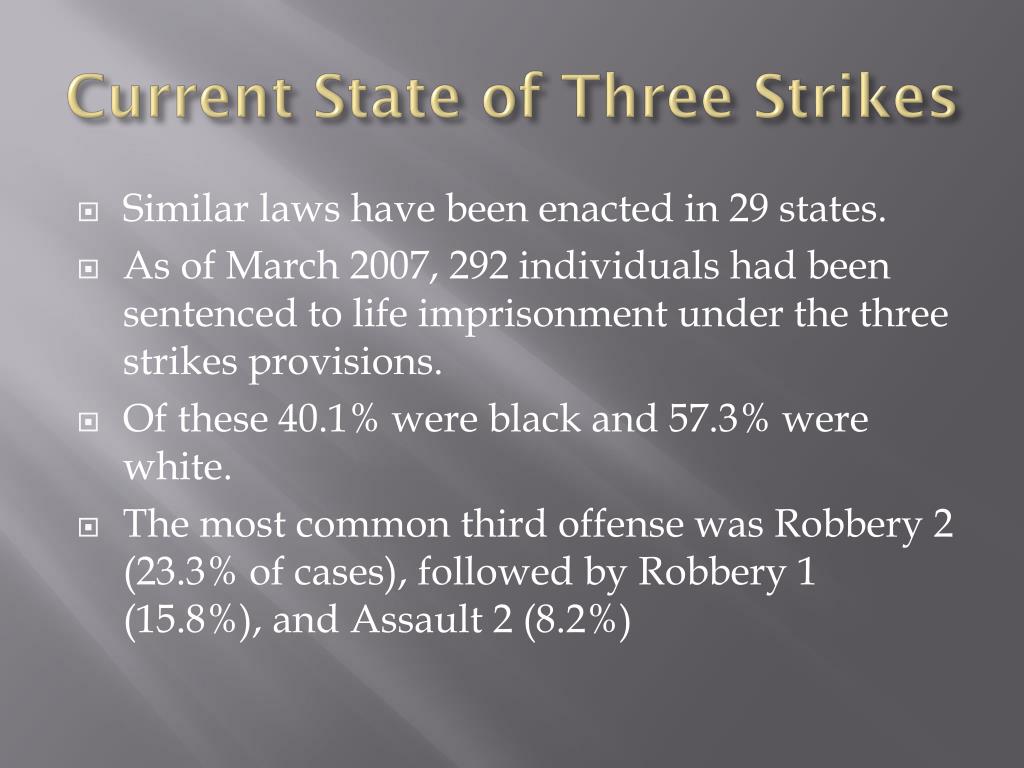

This reduction in crime will be bought at a cost of an extra $4.5 billion to $6.5 billion per year in current dollars. Percentage reduction in serious crime from new law and alternatives


The other two-thirds will be felonies that are less violent or nonviolent but still serious, including less injurious assaults, most robberies, and burglaries of residences. About a third of the felonies eliminated will be violent crimes such as murder, rape, and assaults causing great bodily injury. If fully implemented as written, the new law will reduce serious felonies committed by adults in California between 22 and 34 percent. What Will Be the Benefits and Costs of the New Law? California’s budget is so constrained that it is unlikely that the new law will be fully implemented.Alternatives can be devised that would achieve most or all of the benefits at less cost.Both the benefits and the costs of the new law will be substantial.The findings, in a nutshell, were as follows: The latter were analyzed in conjunction with an ongoing RAND assessment of California’s budgetary future. Using data on these populations, the researchers determined crime rates and costs. The models predicted how populations of offenders on the street and in prison would change under the differing sentencing provisions of the new law and under various alternatives, relative to the previous law. An interdisciplinary team of researchers constructed and ran analytic models taking advantage of data on arrest rates, time served, prison populations, and length of criminal careers. RAND undertook to answer these questions. But voters should also have access to hard evidence regarding the implications of the law: How much crime reduction can they expect from the three-strikes law? And how much will it cost? What about the alternatives? And where will the money come from? In reaching a decision, Californians will naturally be affected by a variety of subjective factors, for example, fear of crime, sympathy for victims and their families, and anger at violent criminals. Should Californians approve the initiative and so ratify the legislature’s action? Or should they reject it, sending the message that legislators should reconsider the new law, perhaps in favor of an alternative mandatory-sentencing measure? What about other states? Should they follow California’s lead? In November, Californians will vote on Proposition 184, an initiative essentially identical to the new three-strikes law. Furthermore, the law doubles sentences for a second strike, requires that these extended sentences be served in prison (rather than in jail or on probation), and limits “good time” earned during prison to 20 percent of the sentence given (rather than 50 percent, as under the previous law). Although the first two “strikes” accrue for serious felonies, the crime that triggers the life sentence can be any felony. The California law, which went into effect in March 1994, may be the most sweeping of these. Put forward under the slogan “three strikes and you’re out,” these laws generally prescribe that felons found guilty of a third serious crime be locked up for 25 years to life. Public outrage over crime has found political expression in the proposal and enactment of various laws mandating lengthy sentences for repeat felons.


 0 kommentar(er)
0 kommentar(er)
